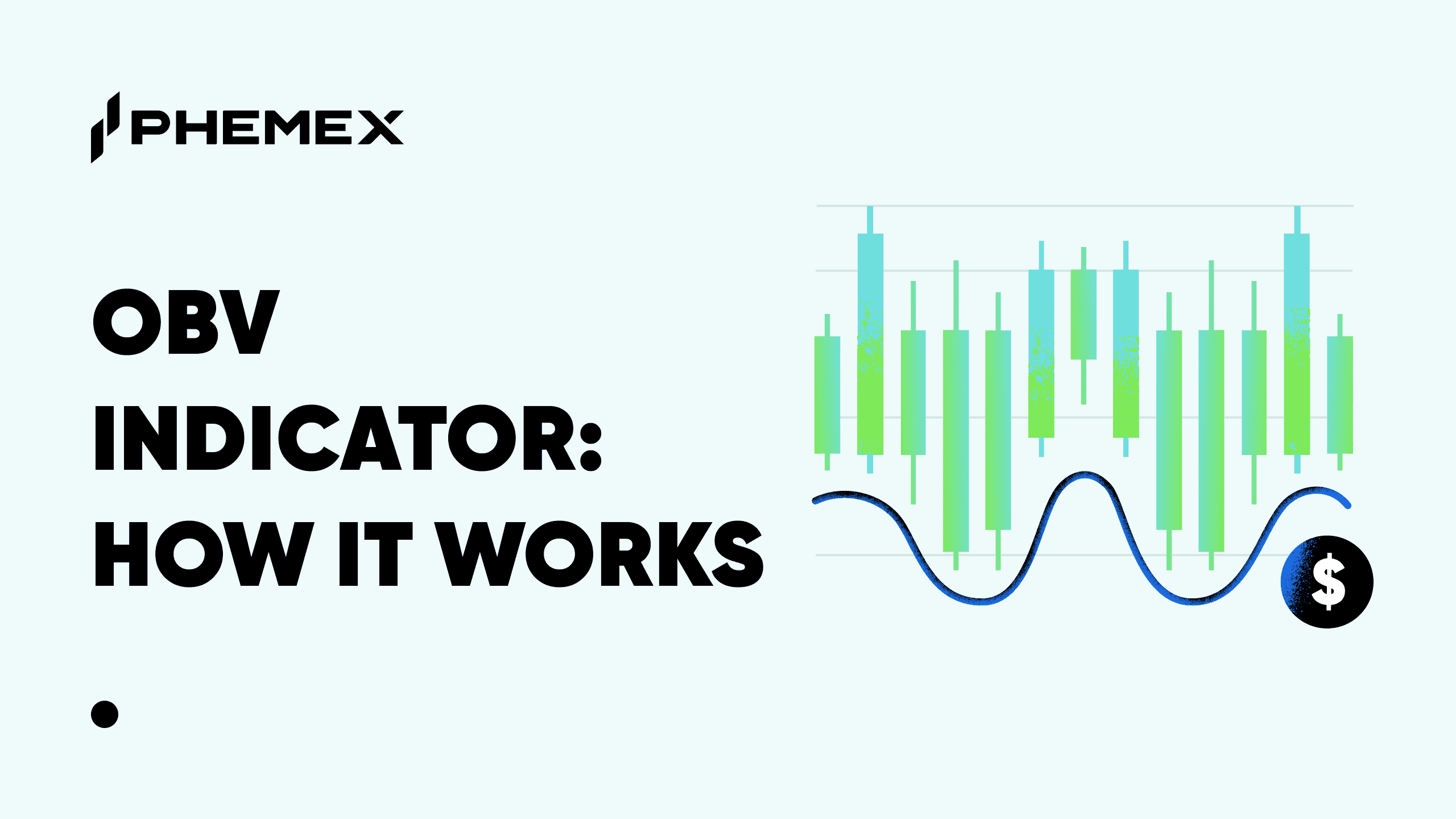Standard deviation is a important statistical concept that allows us to measure the spread of data. It is used in many different fields, such as finance and engineering.
Standard deviation can be used to calculate the probability that an event will occur. It can also be used to find outliers in data sets, making it a helpful indicator in trading.

What is standard deviation in trading?
Standard deviation is a key concept in trading that measures how much an asset’s price varies over time. It can be used to identify trends and make predictions about future price movements.
How to interpret standard deviation?
A high standard deviation means that the asset’s price is more volatile and thus more risky, while a low standard deviation indicates that the asset’s price is less volatile and thus less risky.
How to apply standard deviation as part of a trading strategy?
The standard deviation can be used to measure the risk of a stock or crypto, as well as to identify potential buying and selling opportunities.
An asset with a high standard deviation is more likely to experience large price swings, which can present good opportunities for traders who know how to exploit them to buy low and sell high.
Conversely, an asset with a low standard deviation is less likely to experience significant price movements, making it a more predictable investment–some traders might choose a scalping strategy for this type of asset.
It is important to remember that standard deviation is only one of many factors to consider when evaluating an asset for trading/investment. Other factors, such as the price history and fundamentals, should also be taken into account.
Why is standard deviation important?
Standard deviation is important because it is a measure of risk. Investors always face the risk that an investment will lose value. The higher the standard deviation, the greater the risk.
Many investors use standard deviation as a way to help them decide whether or not to invest in a particular stock or crypto.
Read: How Crypto Volatility Can Give You A Trading Advantage
What is a good standard deviation?
At the same time, there is no one answer to this question since what is considered a “good” standard deviation will vary depending on the investor’s goals and objectives.
While some investors may view a higher standard deviation as being riskier, while others may see it as an opportunity for greater returns.

Standard deviation measures how far a set of data points (e.g. asset price) are spread out from the mean value (median price); the wider the spread, the more volatile an asset is (Source: Money Crashers)
Investors should therefore always evaluate an asset’s standard deviation in the context of their overall investment strategy.
For example, an investor might only be willing to invest in a stock or crypto if its standard deviation is less than 10%.
Conversely, another investor might be willing to accept a higher standard of risk, and thus would be willing to invest in an asset with a standard deviation of 20%.
What is Bitcoin Volatility: A Double-Edged Sword
How to calculate standard deviation of returns?
There are a few different ways to calculate the standard deviation of returns.
One way is to use historical data to see how much the return on an investment has varied in the past.
Another way is to use a statistical model to predict how much the return is likely to vary in the future.

What is an example of standard deviation?
A stock that has a standard deviation of 20% means that, over the past year, its return has varied plus or minus 20% around its mean return.
So, if the asset’s mean return was 10%, its return over the past year would have ranged from -10% to 30%.
An asset with a lower standard deviation, such as 5%, would have had a return that fluctuated between 0% and 20%.
Portfolio standard deviation formula
Portfolio standard deviation is a measure of the volatility of a portfolio.
It is calculated using the standard deviations of the individual investments in the portfolio, as well as their weights.
The formula for portfolio standard deviation is:
σp = √(w1^2 * σ1^2 + w2^2 * σ2^2 + … + wn^2 * σn^2)
where:
σp = portfolio standard deviation
w1, w2, …, wn = weights of the individual investments in the portfolio
σ1, σ2, …, σn = standard deviations of the individual investments in the portfolio
Standard Deviation vs. Variance
Standard deviation and variance are two measures of volatility. They are often used interchangeably, but they are not the same thing.
Variance is simply the standard deviation squared. So, if a stock has a standard deviation of 20%, its variance would be 4%. It is often used in statistical models because it is easier to work with than standard deviation.
Standard deviation is the more common measure of volatility because it is easier to understand and interpret.
For example, a stock with a standard deviation of 20% is considered to be twice as volatile as a stock with a standard deviation of 10%.

Advantages of Using Standard Deviation
There are several advantages to using standard deviation as a risk measure.
- It is easy to understand and calculate.
- It is a well-established statistic that is widely used by investors and financial analysts.
- It captures both the upside and downside risk of an investment.
Disadvantages of Using Standard Deviation
While standard deviation has some advantages, there are also a few disadvantages to using it as a risk measure.
- It is only a historical measure and does not necessarily predict future volatility.
- It can be influenced by outliers, or data points that are far from the rest of the data.
- It does not take into account the correlation between different investments.
Conclusion
While standard deviation can be helpful in making investment decisions, it is important to remember that it is only one risk measure. Investors should always consider a variety of factors before making any investment decision.
Read More
- What is Bitcoin Volatility: A Double-Edged Sword
- Standard Error Bands (SEB): Measure Trend Volatility for Advanced Trading
- Historical Volatility (HV): Measure Bitcoin’s Price Volatility
- How to Use Risk Parity in Crypto Trading
- How to Read Crypto Charts: Learn Trading Chart Patterns
- SMA Trading Strategies for Crypto Trading
- Capital at Risk vs Value at Risk: How to Evaluate Your Investment Risk
- Stochastic Oscillator: Everything You Need To Know









